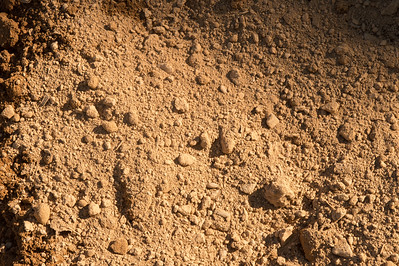
Types by Texture
Students investigate soil texture and determine the texture of several soil samples.

Students investigate soil texture and determine the texture of several soil samples.
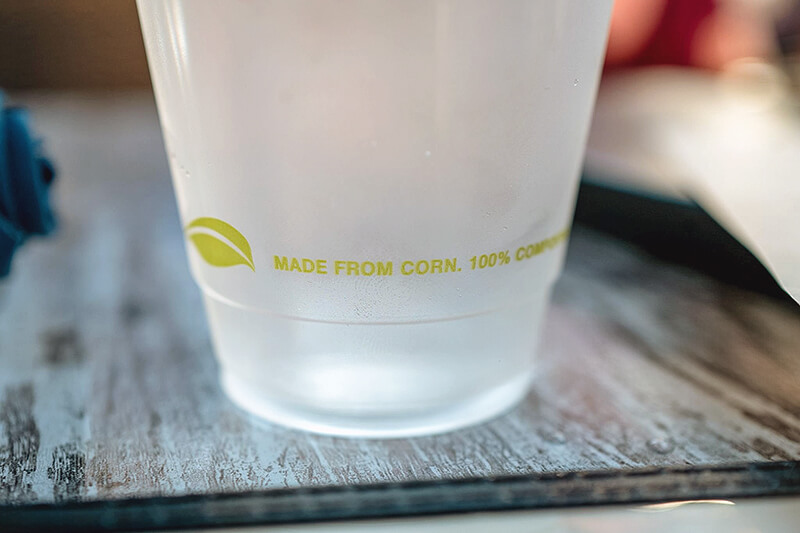
Students examine the growth, composition, history, and uses of corn through a close reading activity, discussion of renewable and non-renewable resources, and hands-on exploration of bioplastics made from corn.
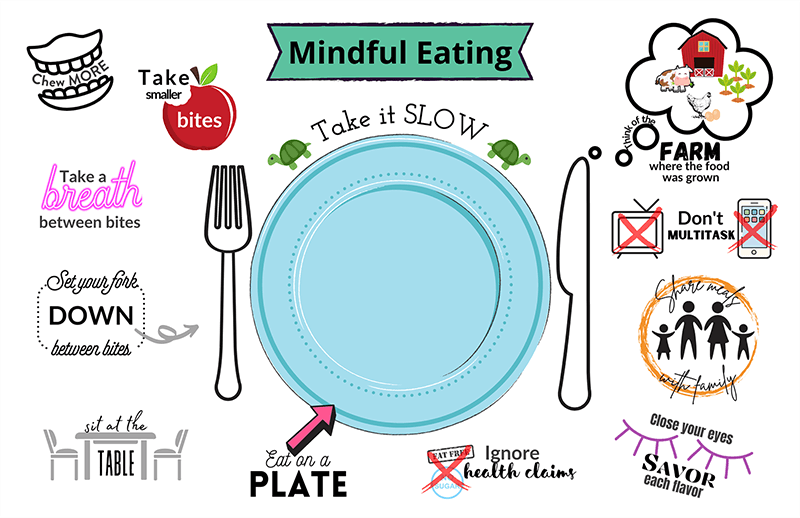
Students will explore hunger, satiety, and mindful eating to discover how our eating habits are impacted by our awareness to physiological signals of hunger or fullness. Students will also practice mindful eating practices and explore portion sizes as they sort foods, create meals using portion-size food models, and track their food using mindful eating practices.
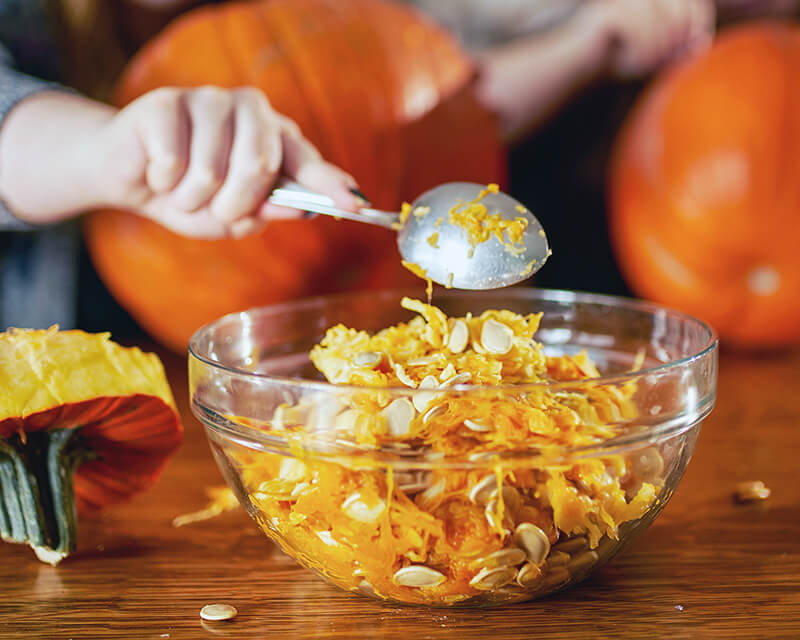
Students estimate the size and weight of pumpkins, sprout pumpkin seeds, and make pumpkin pie in a bag.
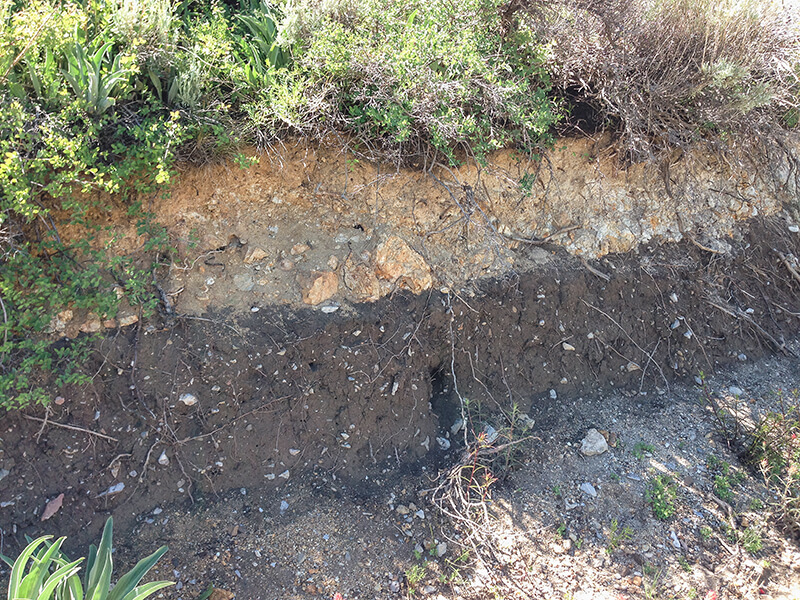
Students discover that topsoil is a nonrenewable resource and use an apple to represent how Earth’s land resources are used. Through critical thinking, students study agricultural land use and consider the sustainability of current land use practices including the use of land to feed and graze livestock animals.
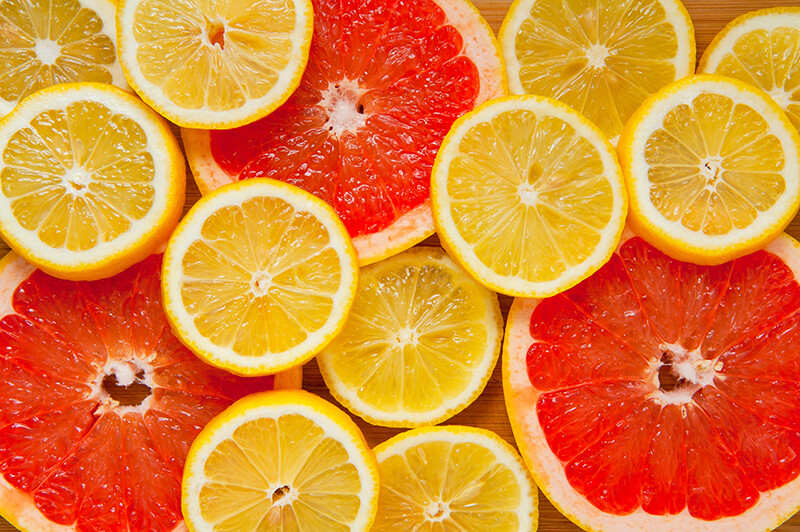
Students investigate the growth and production of citrus fruits and use observation and mathematical computation to compare and contrast grapefruits and lemons.

Explore agricultural career pathways from a lens of problem solving to recognize the challenges that will need to be addressed in the next generation of careers. Students will also use a decision matrix to assess job characteristics and determine which career aligns best with their preferences and goals.
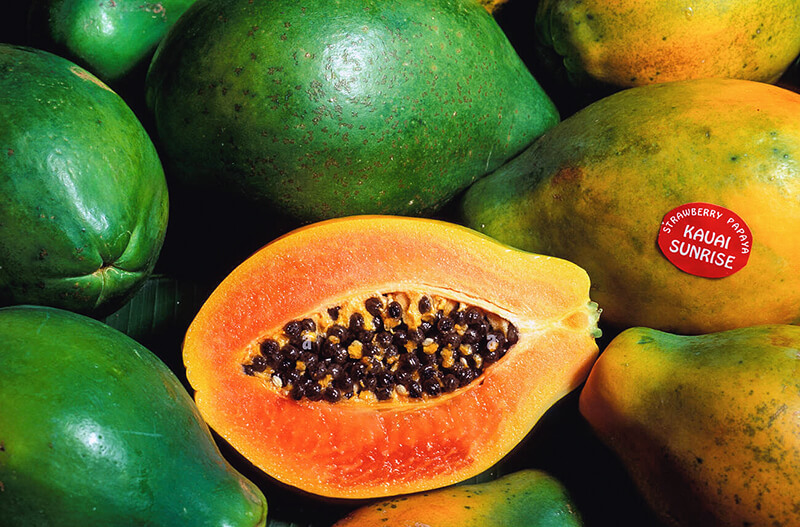
While many view bioengineered crops (GMOs) as a promising innovation, there is controversy about their use. This lesson provides students with a brief overview of the technology, equipping them with the ability to evaluate the social, environmental, and economic arguments for and against bioengineered crops (GMOs). This lesson covers a socioscientific issue and aims to provide students with tools to evaluate science within the context of social and economic points of view.
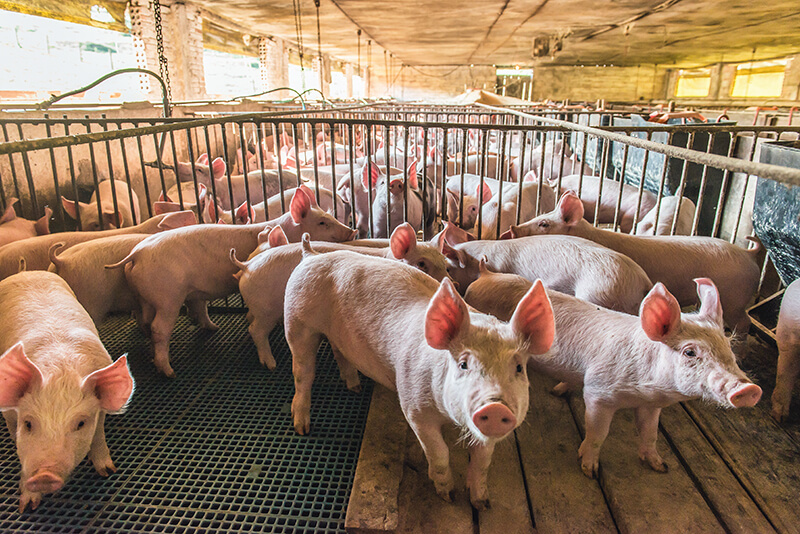
Students explore the basic needs of animals and create a model of a modern pig barn that will help farmers meet the needs of animals.

Students explore the basic needs of animals and create a model of a modern pig barn that will help farmers meet the needs of the animals.
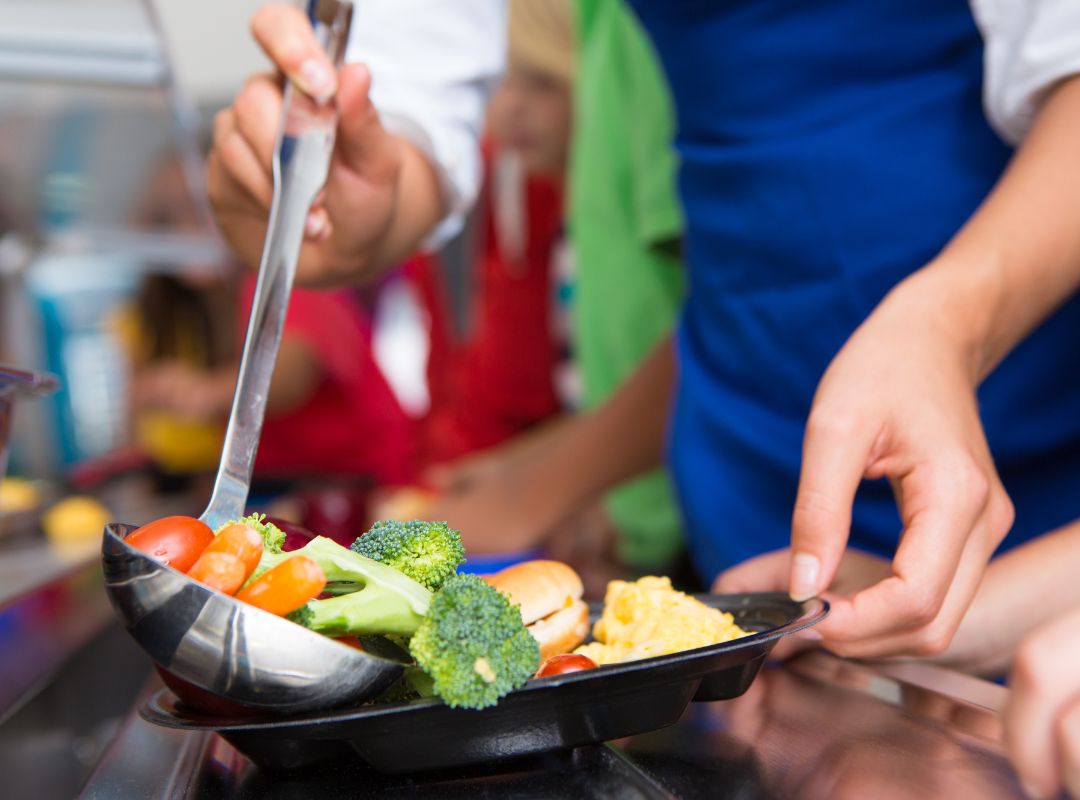
Through project-based learning, students conduct surveys with their peers at school about healthy food products they think will be marketable for school concessions. Based on surveys and research, they choose an in-demand product to test in class and then present to a guest panel as a healthy choice.
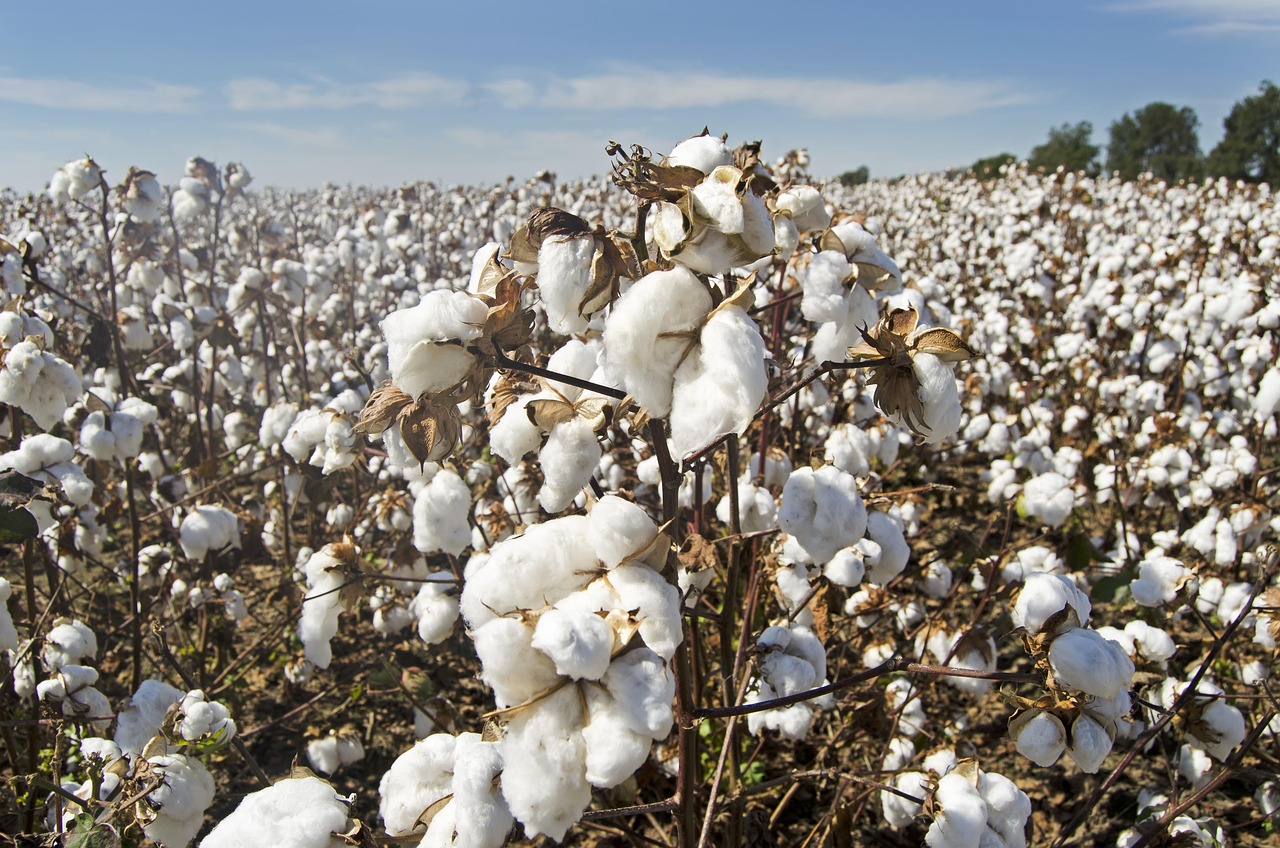
Students investigate the impact of cotton on the history and culture of the United States.